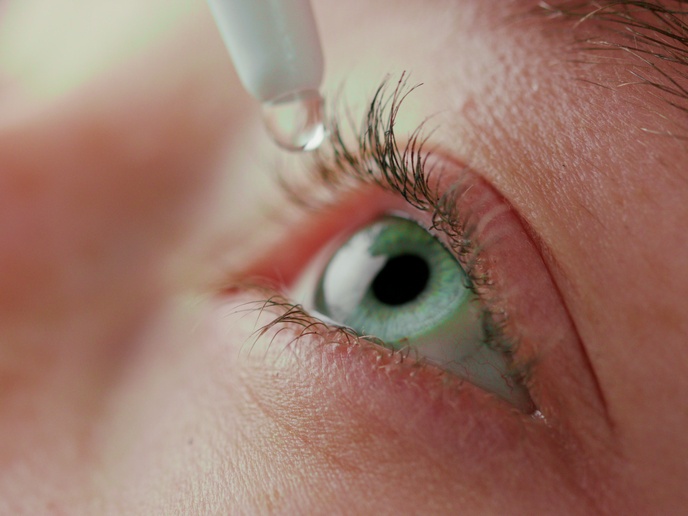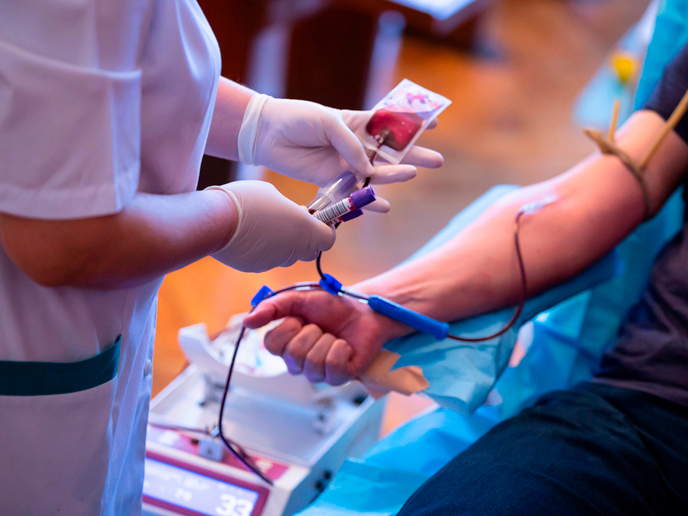Identifying the factors that control reproduction
Development and function of the reproductive system are modulated by central and peripheral signals that ultimately dictate the most favourable timing for the achievement of puberty and fertility. Central to this process is the hypothalamic gonadotropin-releasing hormone (GnRH) which activates secretion of gonadotropins – the reproductive hormones responsible for the maturation and regulation of the gonads. Human genetic studies in patients with hypogonadotropic hypogonadism (iHH) have shown that neuronal GnRH release is tuned by other intermediate signalling pathways such as the Kiss1/GPR54 system. Recently discovered mutations affecting the genes encoding the neuropeptide, prokineticin 2 (PK2) and prokineticin receptor 2 (PKR2) have also been associated with iHH phenotypes, indicating involvement in the function of GnRH neurons. The aim of the EU-funded ‘Physiological characterization of PK2 in the control of fertility, and its interaction with kisspeptins’ (PK2-KISS) project was to characterise the roles of the PK2 system in reproductive maturation and function. Using a combination of gene expression techniques and genetically-modified animals, project scientists looked into the regulatory mode of action of PK2 in gonadotropin secretion and Kiss1 system interaction. Additionally, important information was gained on the developmental and hormonal factors responsible for regulating PK2 expression. PK2-KISS results have broadened our basic knowledge on the physiological mechanisms governing reproduction in mammals. The acquired knowledge has the potential to be translated to therapeutic strategies for fertility management.







